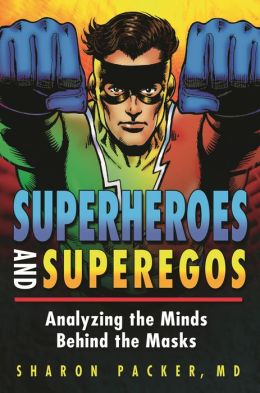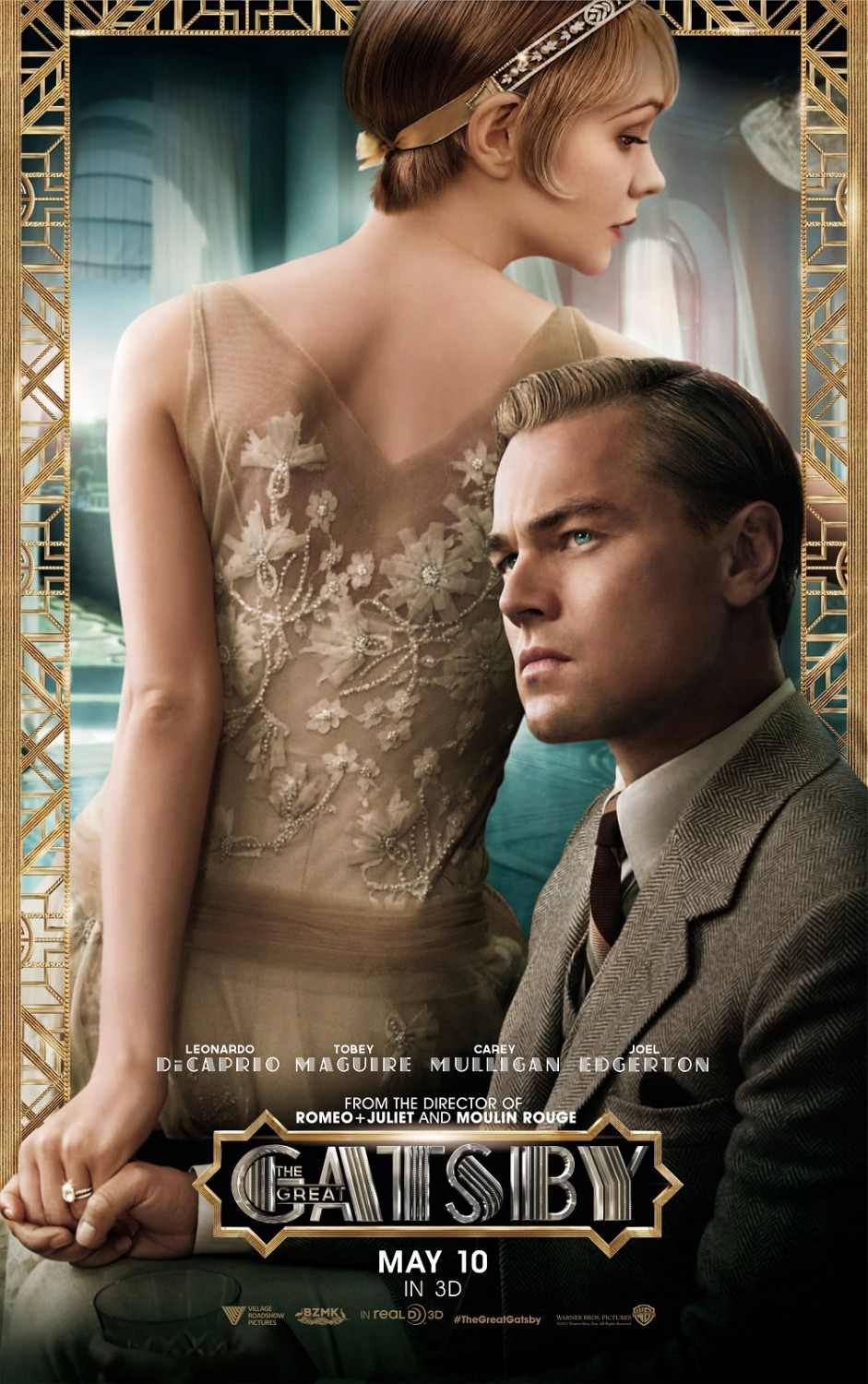
By Memorial Day 2013, Iron Man 3 (Black, 2013) was poised to break box office records. In little
more than three weeks’ time, receipts reached the billion dollar
mark. Impressive, even for superhero cinema. Why did this film perform so well? Let’s
toss around some theories.
 The draw of the Sir Ben Kingsley as the drug-addled “Mandarin”
double needs no extra explanation. Kingsley was knighted for his acting
abilities long before accepting this role as a behind-the-scenes surrogate for
the real powerbroker played by Guy Pearce. Stark seeks retribution--before he rebuilds his cliffside home. He forgot that he rebuffed the once down-and-out scientist (Guy Pearce) who has resurfaced and is now is planning to overtake America and reshape the world as we know it.
The draw of the Sir Ben Kingsley as the drug-addled “Mandarin”
double needs no extra explanation. Kingsley was knighted for his acting
abilities long before accepting this role as a behind-the-scenes surrogate for
the real powerbroker played by Guy Pearce. Stark seeks retribution--before he rebuilds his cliffside home. He forgot that he rebuffed the once down-and-out scientist (Guy Pearce) who has resurfaced and is now is planning to overtake America and reshape the world as we know it.
 The terrorist theme, the superhero
story, even Stark’s back story as a tech genius turned philanthropist, and a successfully
recovering alcoholic to boot, speak to the times.
The terrorist theme, the superhero
story, even Stark’s back story as a tech genius turned philanthropist, and a successfully
recovering alcoholic to boot, speak to the times.
Add state-of-the-art special effect, class-A cinematography, and a fast-paced script with action, adventure, romance, and redemption to the mix, and a blockbuster is born.
Star power adds allure, but Sir Ben Kingsley is not the star, even though he is a shining light.
First of all, the film stars Robert Downey, Jr. Robert Downey, Jr.’s portrayal of Tony Stark is perennially appealing. Downey’s personal drug history, and his well-publicized and repeated struggles with rehab, animate his acting and makes Stark’s ex-alcoholic character scintillate. Guy Pearce, the villain, and Gwyneth Paltrow, as Pepper Potts, have more than their fair share of fans. Iron Man 3 reassures
Americans of success that awaits them, yet it also reflects mounting fears about foes
that lie in wait. It implies that deadly enemies may masquerade as unemployed
actors (Ben Kingsley), suicidal scientists (Guy Pearce), or other superficially
benign beings, such as the beautiful botanist (Rebecca Hall) who changes
alliances after creating the Extremis virus that drives the plot. Those themes
alone should be sufficient to attract audiences, as it simultaneously stokes
and allays anxieties about contemporary world events. The movie’s motifs replay
recurring conflicts between science and creationism, and humans against the machine.
On a psychological level, it showcases the challenges of changing fate and facing
fear versus accepting the status quo.
The film includes a subscript to that is
not readily apparent to the average spectator, but is highly relevant to my forthcoming book about neuroscience in science fiction film, which addresses and the place of neuroscience in post-psychoanalytic society. Better than any
other film that I have seen to date, Iron
Man 3 captures the spirit behind this book, because it alludes to the “two minds” of
psychiatry that stand at loggerheads, today as much as ever.
It references both biological psychiatry, now known as “neuropsychiatry,” and
the “couch cure” of psychoanalytic lore.
If we listen to the dialogue
between Stark and Banner (Mark Ruffalo), with our ordinary hearing and with our third ears, we
can hear commentaries about the theoretical and practical rift in psychiatry. As the epilogue in Iron Man 3 opens, the camera moves in, showing a close-up of Tony
Stark. Tony is thanking “Bruce” for listening and for letting him “get it off
his chest.”
Read More in my forthcoming book about Neuroscience in Science Fiction Film (McFarland)
 What do Iron Man 3 and The Great Gatsby have in common?
What do Iron Man 3 and The Great Gatsby have in common? 

